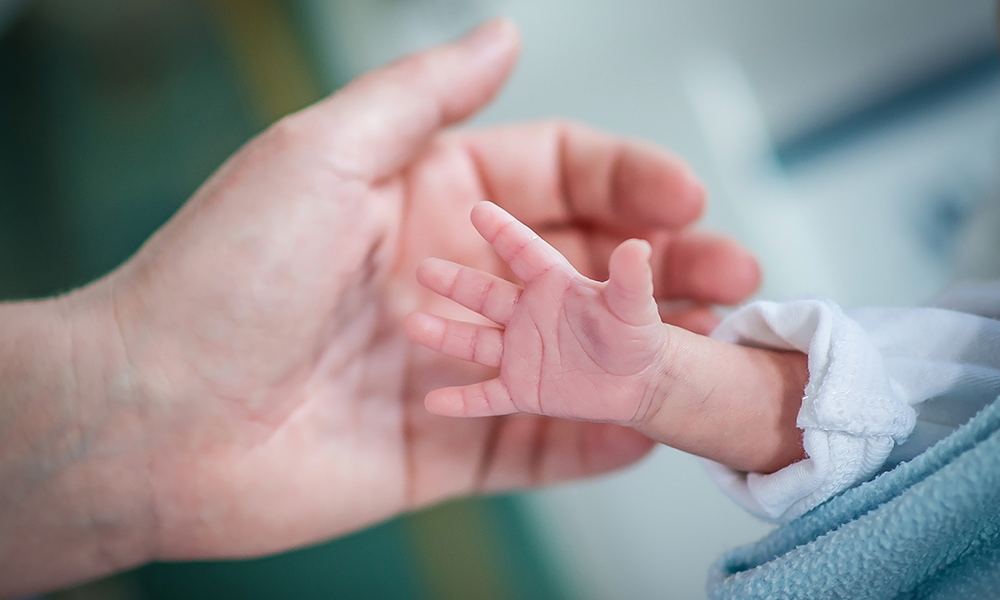 Few things in life are more exciting than the birth of a new baby. This has been the case throughout human history, but childbirth options for new mothers have advanced to make the experience more safe.
Few things in life are more exciting than the birth of a new baby. This has been the case throughout human history, but childbirth options for new mothers have advanced to make the experience more safe.
Since 1900, trends have changed dramatically with the increase of technology and modern medical practices. For instance, in 1900 almost all U.S. births occurred outside a hospital. But by 1940, more than half of births were taking place in hospitals. The trend continued exponentially and by 1969 only 1% of births occurred outside a hospital.
Medical technology has made childbirth a much safer experience over the past century for both mother and baby. Hospitals have responded to trends in childbirth, such as the need for a more home-like environment in the hospital. JMH Maternity Center rooms offer comfortable maternity suites that convert into state-of-the-art delivery rooms.
An easy birth and a perfectly executed birth plan is ideal. But we know that even the most carefully planned birth can take twists and turns. In those cases, it's important to be prepared for alternative delivery methods:
1. Vaginal Delivery
In a vaginal birth, the baby is born through the birth canal. It's hard to know when exactly you will go into labor, but most women give birth at around 38-41 weeks of pregnancy.
The nation’s largest ob-gyn organization recommends that pregnant women plan for vaginal birth unless there is a medical reason for a cesarean. In new guidelines issued in 2013, The American College of Obstetricians and Gynecologists says maternal-request cesareans are especially not recommended for women planning to have several children, nor should they be performed before 39 completed weeks of pregnancy.
Benefits of vaginal delivery:
- shorter hospital stays
- lower infection rates
- quicker recovery
- babies born vaginally have a lower risk of respiratory problems
2. Cesarean Section (C-Section)
Of course, we know that not all births happen the way we plan. When complications arise, other methods of delivery are available.
A cesarean section or C-section is the delivery of a baby through a surgical incision in the mother's abdomen and uterus. In certain circumstances, a C-section is scheduled in advance. In others, it's done in response to an unforeseen complication.
Events that may require C-Section:
- Multiples (twins, triplets, etc)
- A very large baby
- Previous surgery, C-Sections, or other uterine conditions
- Baby is in breech (bottom first) or transverse (sideways) position
- Placenta previa (when the placenta is low in the uterus and covers the cervix)
- Fibroid or other large obstruction
3. Vaginal Birth After Cesarean
In the past, a C-section ended any hope of future vaginal deliveries. But today, thanks largely to changes in surgical technique, VBAC is possible in many cases. In fact, an estimated 75 percent of women who try VBAC have a successful vaginal delivery.
VBAC isn't right for everyone, though. Sometimes a pregnancy complication or underlying condition prevents the possibility of a successful VBAC. Many local hospitals don't offer VBAC because they don't have the staff or resources to handle emergency C-sections.
4. Vacuum Extraction
A vacuum extraction is a procedure sometimes done during the course of vaginal childbirth. During vacuum extraction, a health care provider applies the vacuum (a soft or rigid cup with a handle and a vacuum pump) to the baby's head to help guide the baby out of the birth canal.
5. Forceps Delivery
A forceps delivery is a type of operative vaginal delivery. It's sometimes needed in the course of vaginal childbirth. In a forceps delivery, a health care provider applies forceps (an instrument shaped like a pair of large spoons or salad tongs) to the baby's head to help guide the baby out of the birth canal.
Sources
